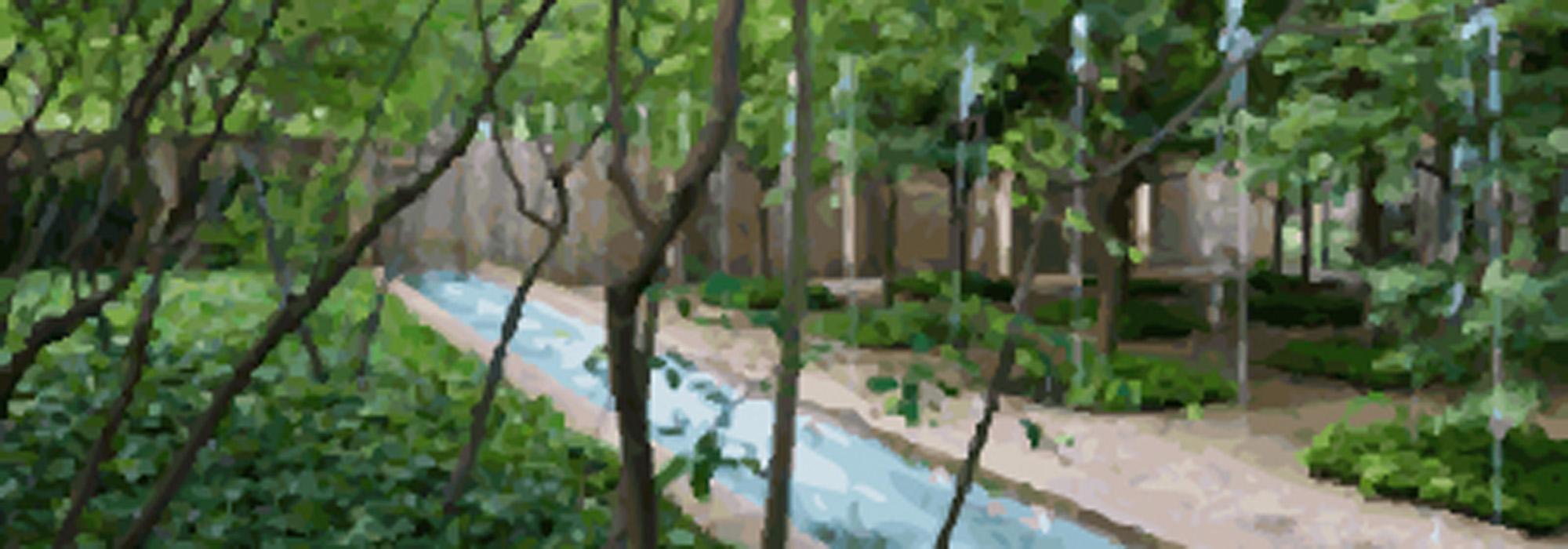It Takes One: Art Hopkins
I moved to Columbus, Indiana in 1979, and have been privileged to live among significant buildings by many notable architects of the 20th century (and before). Eight American Institute of Architect's Gold Medal winners have designed buildings here. There are also numerous landscapes—corporate, institutional, and public landscapes, as well as two private residential landscapes—by Dan Kiley. Sadly, several of those have since been lost due to the cost of maintenance and other factors.
In the late 1980s I studied landscape architecture at Cornell University, where the faculty were great Kiley enthusiasts. In one class we even studied his Hamilton Houselandscape in Columbus. I returned to Columbus and work here now as a licensed Landscape Architect. I also volunteer with environmental and Scout groups, and am past president of the Indiana Native Plant and Wildflower Society.
How would you define a cultural landscape?
I can’t improve on John Russell’s definition: “It’s a purposely-created space that is art.”
Why did you get involved in the Hamilton House landscape?
Sadly, the Hamiltons only lived briefly in their home after Kiley’s design was finalized. After that the property changed hands a few times. Maintenance was stinted and some unfortunate changes were made. Around 1990, Enkei America, a Japanese-owned manufacturing company, bought the property as a residence for their local president (A new executive was to rotate into the Columbus job every four or five years).
Shortly thereafter, I met Mr. Rick Pease, who was then Executive Vice President of Enkei America, Inc. During our conversation, I realized that Enkei was unaware of the significance of what they had bought, and having seen the Hamilton House in its then-current condition, I knew it needed careful, loving work. So I found a copy of the Japanese-published art book, Process Architecture, their first volume on Dan Kiley, and I photocopied some pages with photographs of the Hamilton House and text in Japanese and English. When I gave them to Mr. Pease, his first reaction was “why is this printed in Japanese?” and I replied “because you own a world-famous work of art!”
Enkei hired me on a part-time basis to oversee restoration and maintenance of the Hamilton House landscape, and it has been my privilege to work there and to become intimately familiar with this small masterpiece. Enkei America, Inc. and Mr. Pease have been steadfastly generous in their support of this project, through good and bad cycles of the economy; and there have been some big expenses over the years. Once we hired a crane to lift eighteen very large replacement trees over the house into the walled-in back garden; and we’ve had to completely rebuild the redwood pergola and gazebo. Mr. Pease has an exacting eye for detail, and always insisted on top-quality work. He and Enkei deserve great credit.
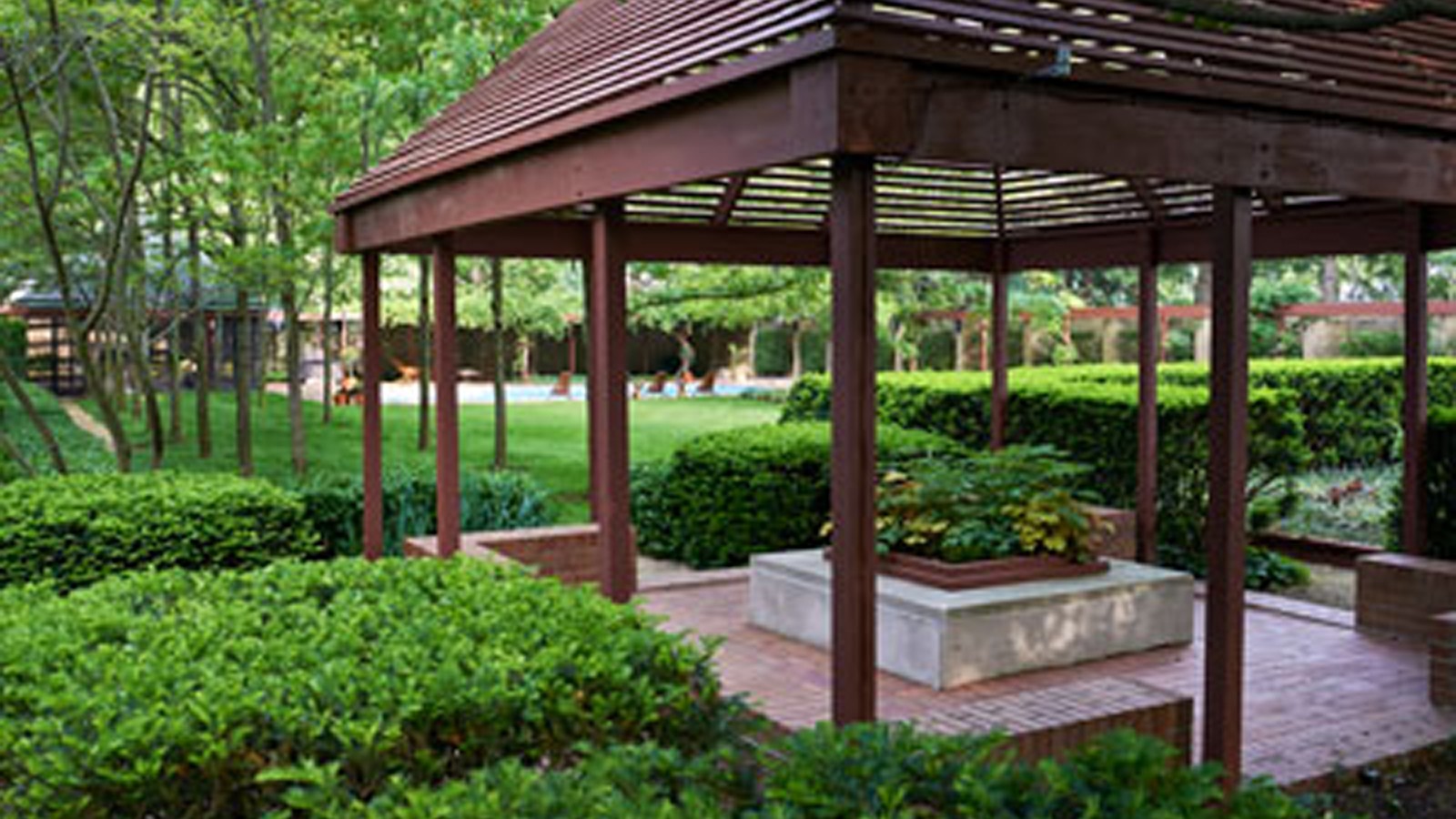
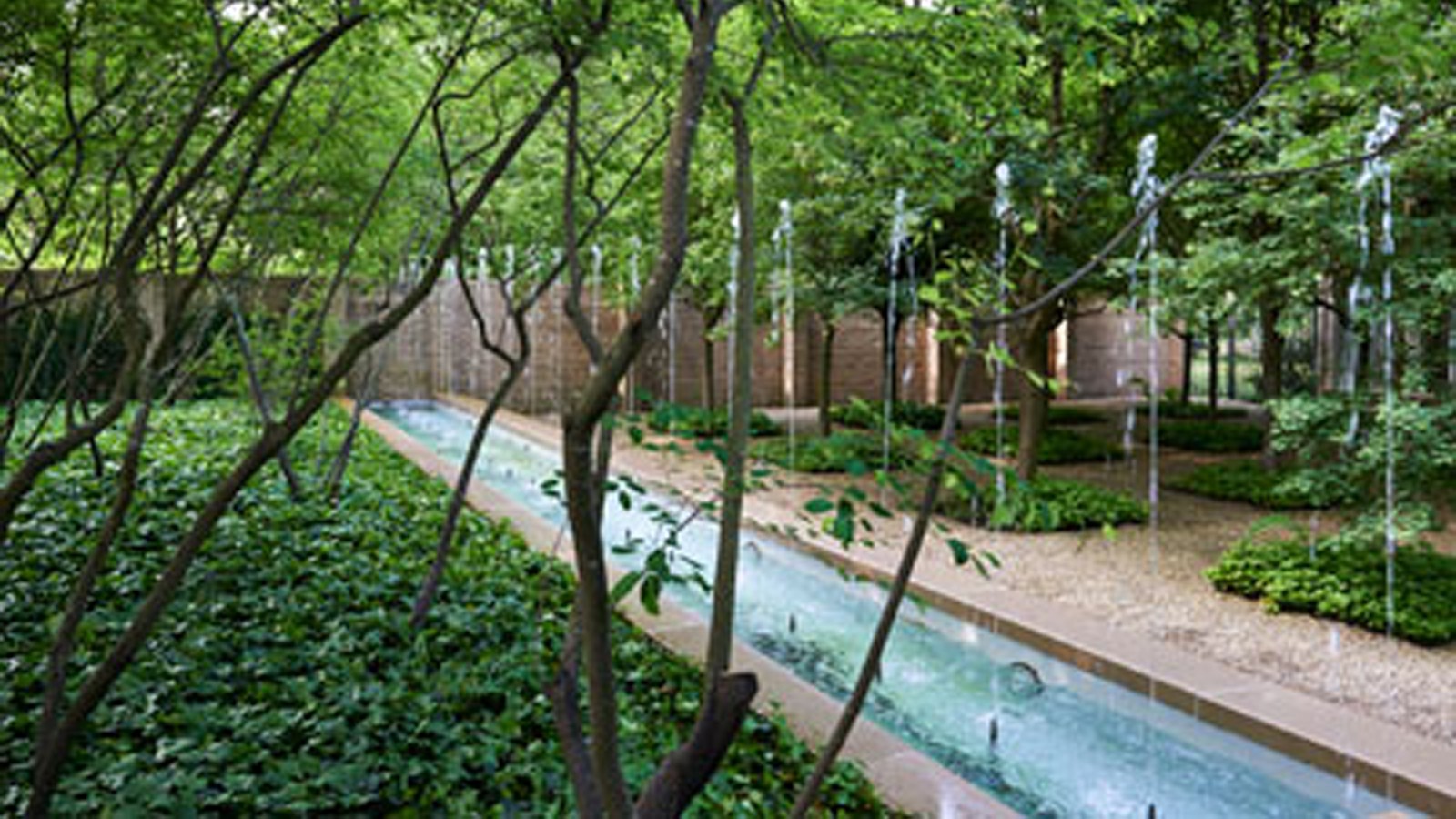
How did your understanding of this landscape change as a result of your advocacy efforts?
After all these years, I still have occasional epiphanies when I notice something that Kiley did, or suddenly understand why he did it or why it works. Kiley wrote and spoke about “the poetry of space” and the flow of space. Although the Hamilton House is a modest-sized property (just one-half acre), I never tire of it; it is never static. On the other hand, I’ve developed an implacable hostility towards English ivy.
Did the understanding of others change as well? If so how?
The Hamilton House seems to be better known now than it was in years past. Enkei receives frequent requests from professional associations, arts and school groups, etc, to visit. I enjoy meeting such groups and introducing them to the site. I also bring my design students from the community college there, to expand their horizons.
If for some reason Enkei were to put the Hamilton House up for sale, I cannot imagine that it would pass unappreciated and unrecognized through the real estate market these days, as it did before.
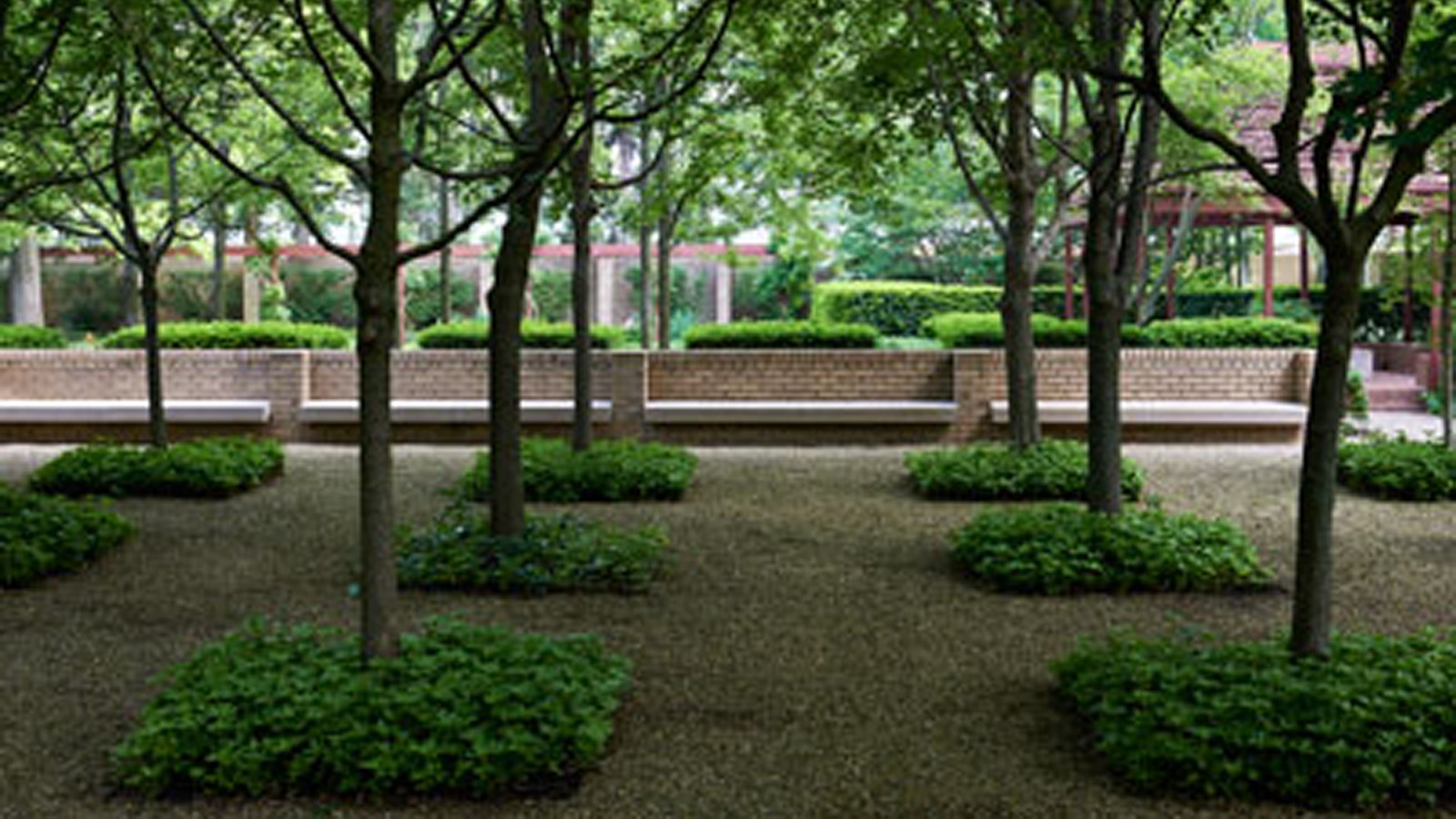
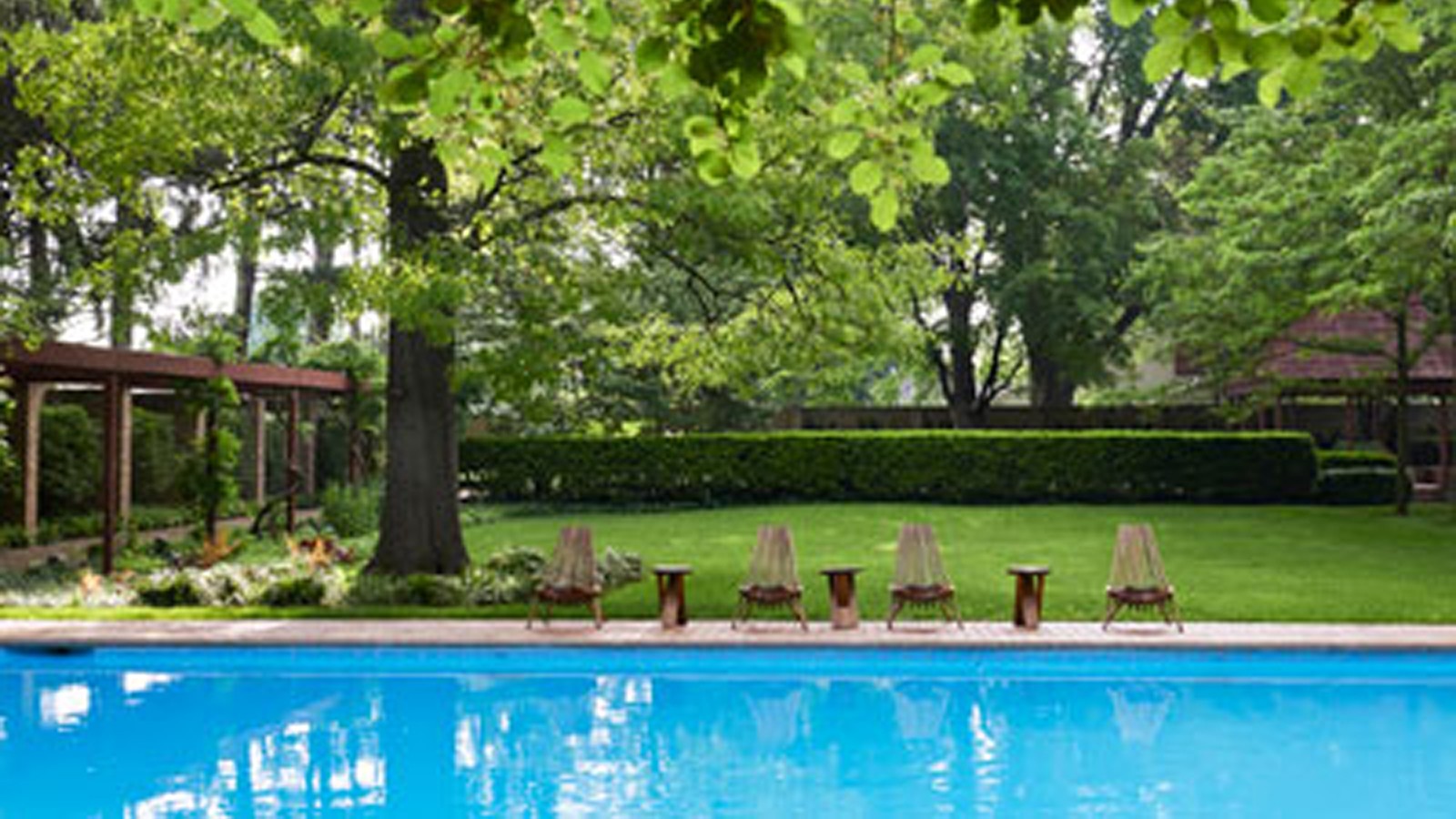
What is the message that you would like to share that may inspire people to make a difference?
History is very important; beauty is very important. Green space, harmony, grace - modern life desperately needs such things. Preserving them is the good fight. Educate yourself and get involved - you’ll be richly rewarded, as will those coming after you.



